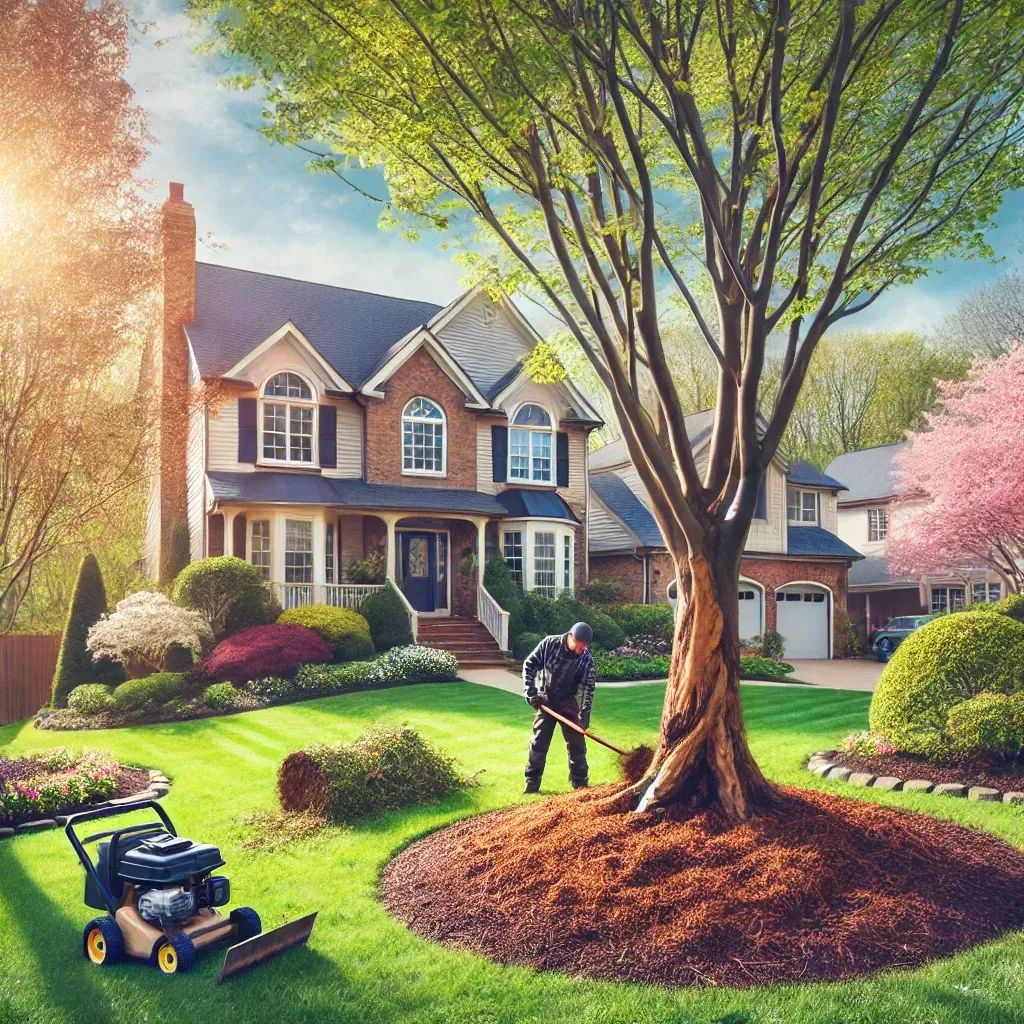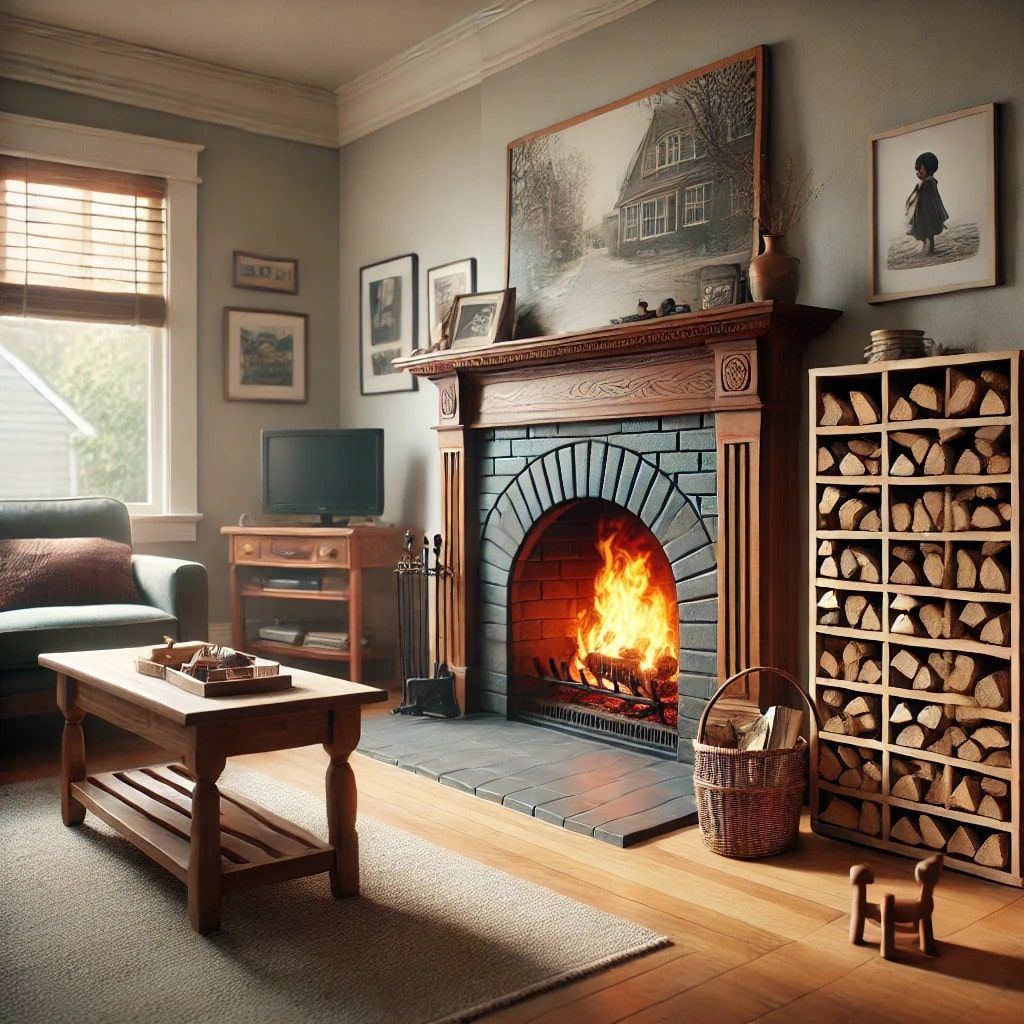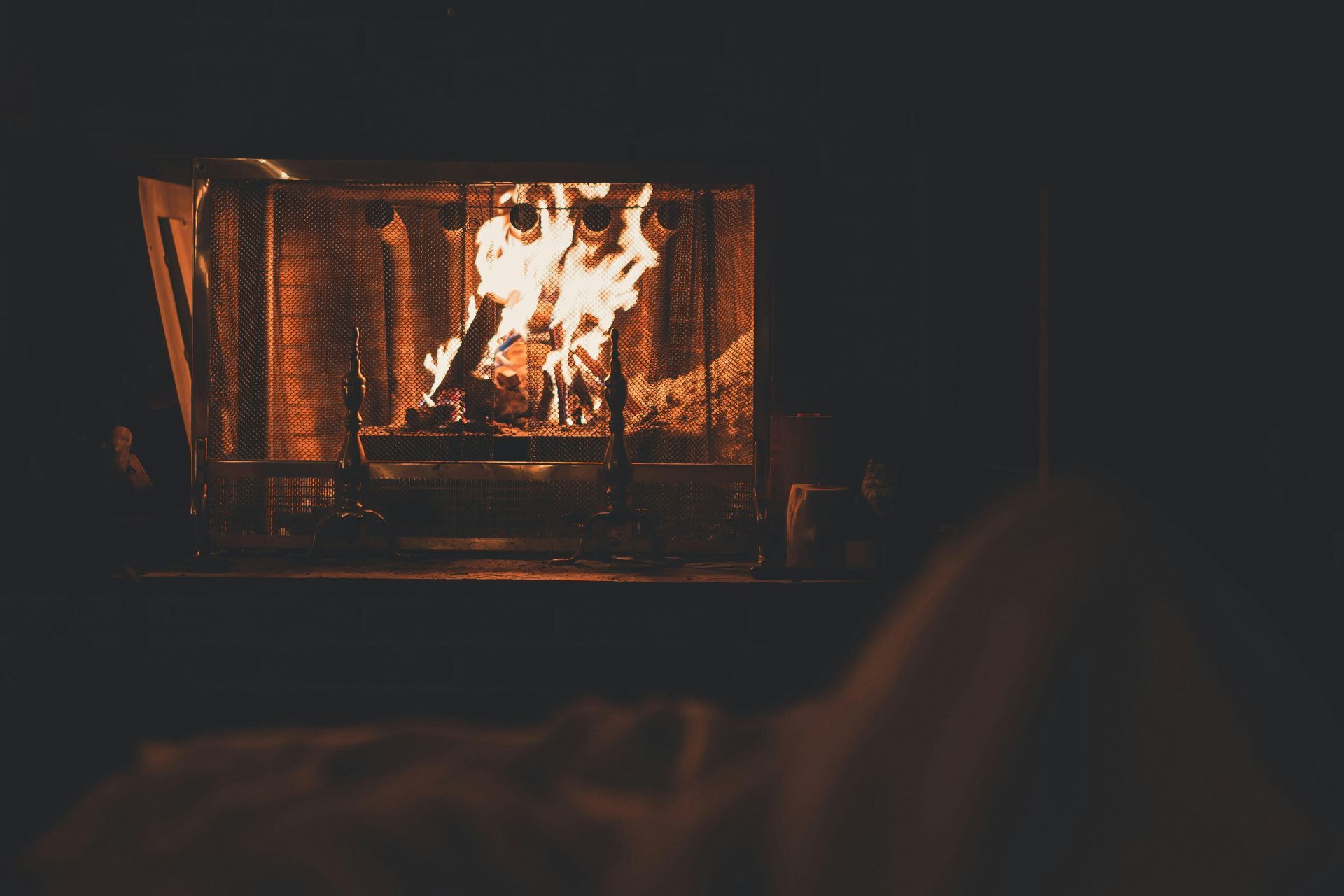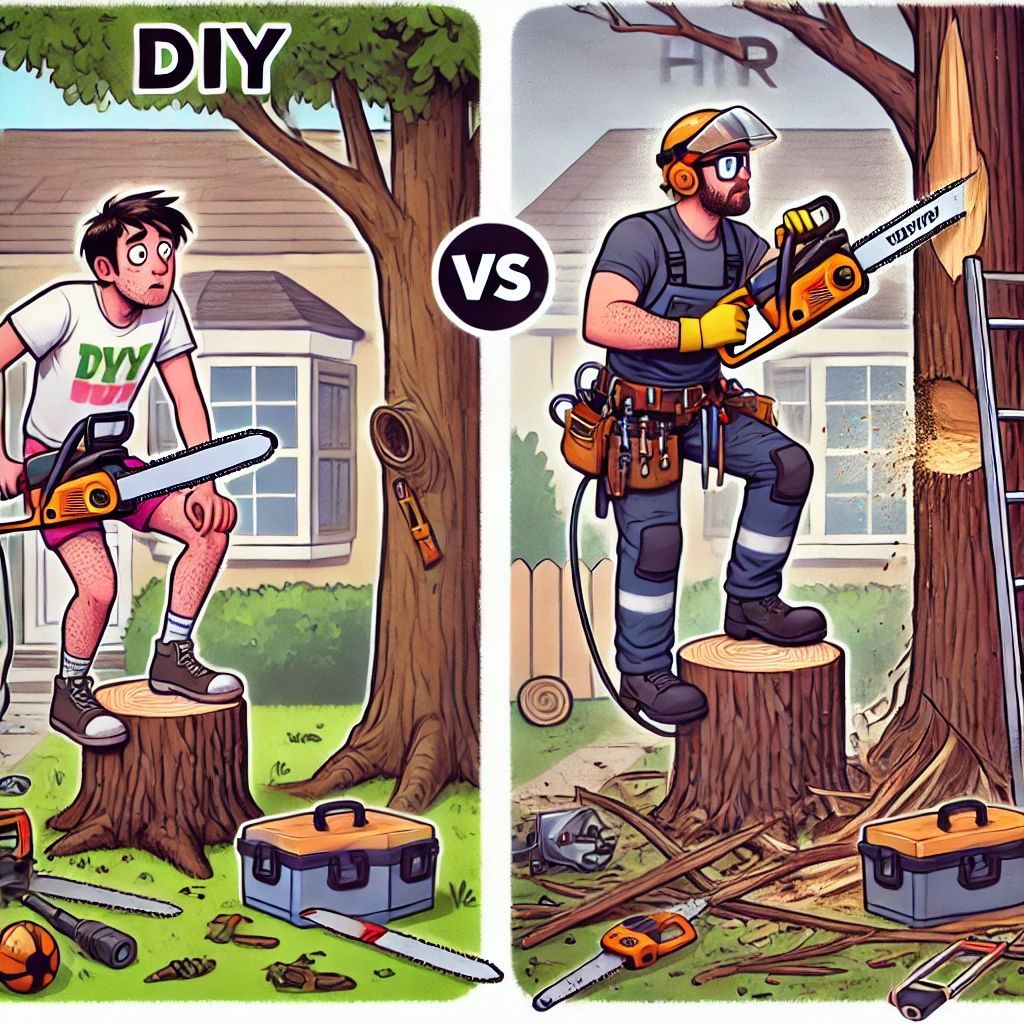CALL US OR TEXT US 443 831 1280
How to Winterize Your Chimney for a Safe Winter

Fire wood is important. However, you can get wood from the best fire wood delivery company in Baltimore and still have a problem if you do not winterize your chimney. Winterizing your chimney ensures it operates safely and efficiently throughout the cold season. Here are the essential steps to take before winter hits:
1. Inspect the Chimney
Proper inspection will identify any structural or functional issues that could lead to bigger problems in winter. Hire a professional chimney company to inspect your chimney.
Here are some things they should include in their inspections:
- Check for exterior cracks: Examine the chimney’s structure for cracks, gaps, or loose bricks that could worsen with freezing temperatures.
- Assess the flue lining: Ensure the flue is intact and clear to maintain proper ventilation.
- Examine chimney flashing: Check the area where the chimney meets the roof for gaps or rust, which can lead to leaks.
- Check for moisture damage: Look for signs of water damage such as discoloration, mold, or crumbling mortar.
- Hire a professional: A certified chimney inspector can catch hidden issues and ensure safety.
2. Clean the Chimney
Cleaning is vital to remove debris and hazardous creosote buildup, which is highly flammable.
- Creosote removal: Hire a professional chimney sweep to remove creosote, a byproduct of wood-burning fires that can ignite if not cleaned out.
- Clear out blockages: Check for leaves, branches, or nests that could block ventilation.
- Clean the smoke shelf: The smoke shelf can collect ash and debris, which can restrict airflow.
- Inspect the chimney cap: Ensure it’s clear of debris and functioning properly.
- Professional sweeping: Ideally, schedule a chimney cleaning at least once a year before winter.
3. Seal and Waterproof the Exterior
Sealing the chimney prevents water from seeping in and freezing, which can cause significant damage.
- Apply waterproof sealant: Use a quality waterproofing agent on the exterior brickwork to prevent water penetration.
- Repair mortar joints: Seal any cracked or deteriorated mortar to prevent water leaks and structural damage.
- Install a chimney cap: A chimney cap helps keep out moisture, debris, and animals.
- Check the crown: The chimney crown should be solid and free of cracks to keep water from entering.
- Consider flashing repairs: Damaged or improperly installed flashing can allow leaks and should be addressed.
4. Test the Chimney Damper
A functioning chimney damper keeps cold air out when the fireplace is not in use.
- Check the damper seal: Ensure the damper is tightly sealed to prevent drafts.
- Test damper operation: Open and close the damper to ensure smooth functionality without sticking or jamming.
- Lubricate moving parts: Apply a high-temperature lubricant if the damper is hard to operate.
- Inspect for rust: If the damper is metal, check for rust that could compromise its effectiveness.
- Consider upgrading: If your chimney lacks a damper, installing one can greatly improve energy efficiency.
5. Install Chimney Caps and Guards
Installing protective elements like caps and guards helps prevent damage and unwanted guests.
- Install a mesh cap: Keep out birds, squirrels, and debris while allowing smoke to escape.
- Protect against weather: A cap with a cover can prevent rain, snow, and ice from entering your chimney.
- Prevent downdrafts: Chimney caps can reduce the chances of downdrafts, which occur when cold air blows down into your home.
- Block debris buildup: Guards and caps help prevent twigs, leaves, and dirt from clogging your chimney.
- Check existing caps: If you already have caps or guards, inspect them for rust, blockages, or damage.
FAQs
- Q: Why should I winterize my chimney?
A: Winterizing prevents moisture damage, improves energy efficiency, and reduces fire risks by ensuring the chimney is clean and functional. - Q: How often should I clean my chimney?
A: For safety, you should clean your chimney annually or after burning a cord of wood. - Q: Can I inspect my chimney myself?
A: While you can do a basic visual check, it’s best to hire a certified chimney inspector for a thorough examination. - Q: What are the signs that my chimney needs repairs?
A: Cracked bricks, crumbling mortar, water stains, and rusted flashing are all signs that your chimney may need professional repair. - Q: What happens if I don’t winterize my chimney?
A: Without winterizing, you risk water damage, draft issues, and a higher chance of chimney fires due to creosote buildup.
Our service Hours
Monday 07:00AM-07:00PM
Tuesday 07:00AM-07:00PM
Wednesday 07:00AM-07:00PM
Thursday 07:00AM-07:00PM
Friday 07:00AM-07:00PM
Saturday 07:00AM-07:00PM
Sunday 07:00AM-06:00PM
Contact us
Le responderemos tan pronto como sea posible.
Inténtelo de nuevo más tarde.
All Rights Reserved | Website Design by RJ Maven








